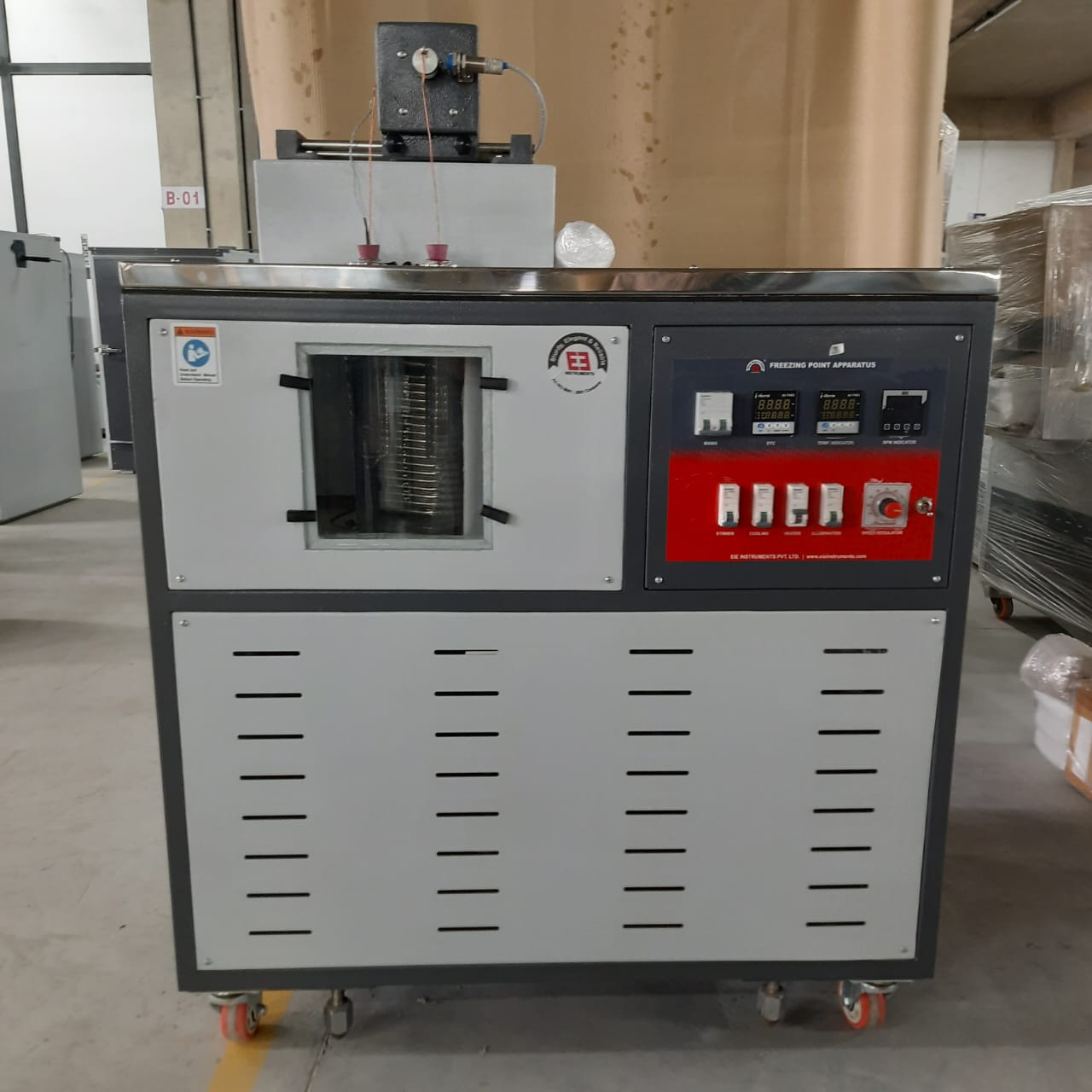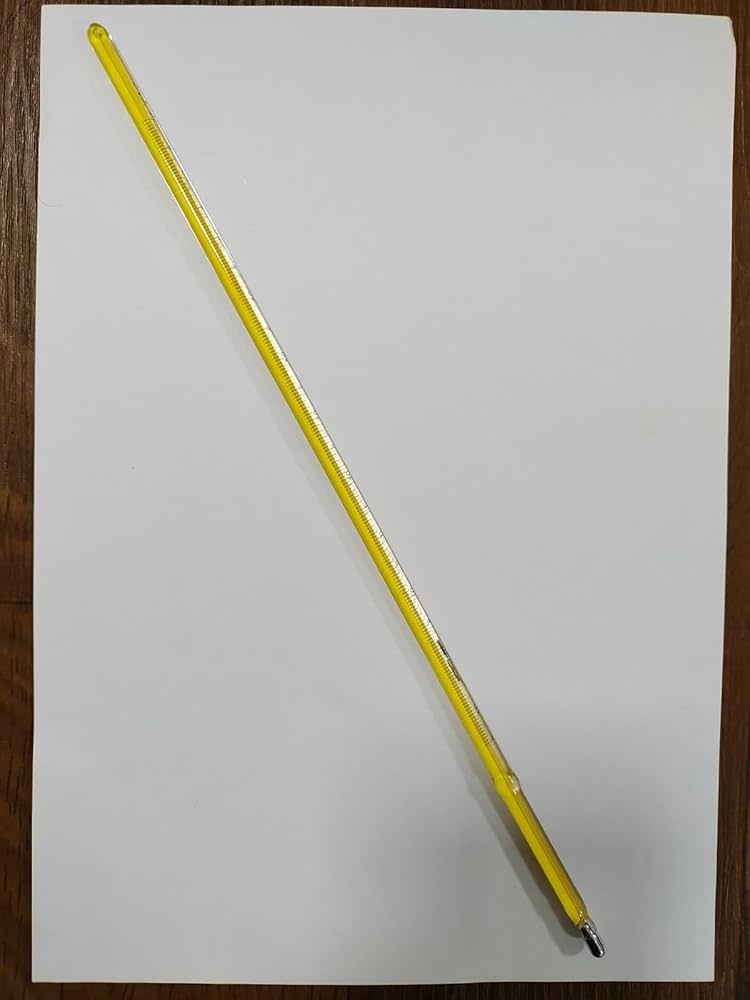Compliance with International Standards:
This equipment complies with the following international standards, ensuring precise and reliable performance:
- ASTM D2386
- IP 16
- NFM 0704
- ISO 301
- DIN 51421
Purpose:
This standard outlines a method for determining the temperature at which solid hydrocarbon crystals form in turbine and reciprocating engine fuels under cooling conditions. These conditions may occur during flight or while on an airfield, making this test critical for aviation safety and fuel reliability.
Complete Instrument Assembly:
The instrument assembly is supplied with the following high-quality parts and accessories:
- Unsilvered Vacuum Flask: Approximately 10-liter capacity for effective insulation and temperature control.
- Jacketed Sample Tube: Ensures accurate temperature measurement and sample integrity.
- Brass Packing Gland: Provides secure sealing of the sample tube.
- Motorized Stirrer: Facilitates uniform cooling and mixing of the sample.
- Stopper and Clamps: For secure and safe operation.
- Refrigerated Water-Bath: Enables precise temperature control within the range of 0°C to -70°C.
- Stand: Provides stability and support for the entire assembly.
Important Note:
For cooling, the operator must supply suitable cooling mediums, such as acetone or alcohols (methyl, ethyl, or isopropyl). These substances require careful handling due to their flammability and volatility. Liquid nitrogen may also be used as a coolant for achieving extremely low temperatures.
|
Exterior body |
Fabricated from mild steel material |
|
Construction |
Double Walled Construction |
|
Inner chamber |
Fabricated from S.S. - 304 Material |
|
Observation |
Through toughened glass window on the front side |
|
Glass Jar (Dewar Flask) Dimensions |
220 I.D. x 280 H |
|
Dewar Flask Volume |
11 Liters |
|
Clamp to Hold Jacketed Sample Tubes |
01 No |
|
Refrigeration System |
CFC Free hermetically sealed Cascaded refrigeration system |
|
Refrigerant |
R404 For High pressure first system |
|
R508 & R290 Mixture For Low Pressure Second System |
|
|
Temperature controller |
Microprocessor Based PID Digital Temperature Controller |
|
Temperature Range |
-70°C to 10°C |
|
Freezing Point Range |
-54°C to 2°C |
|
Temperature Accuracy (Inside) (°C) |
±0.5°C |
|
Temperature Resolution |
0.1°C |
|
Bath Liquid Stirrer |
Motorized Stirrer |
|
Bath Liquid Stirrer Motor |
Electrical Motor, 1440 RPM |
|
Test Sample Stirrer |
Mechanical Stirring, Continuously adjustable |
|
Sample Stirring Electrical Motor |
P.M.D.C. Motor, 90-120 RPM |
|
Mobility |
On castor wheels |
|
Power Supply |
230 Volts, 50 hz, Single Phase, AC Supplt |








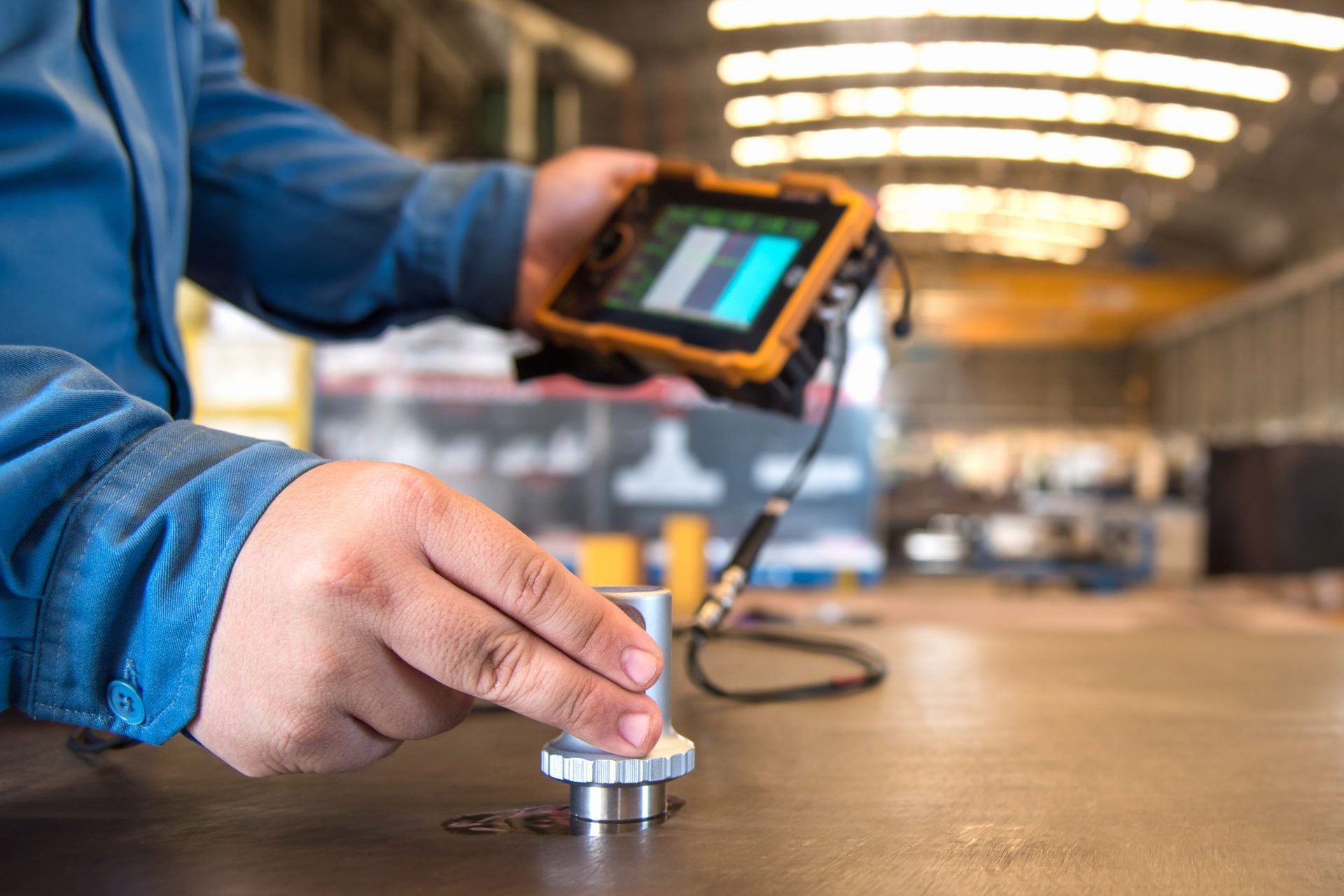
.png)
.jpg)
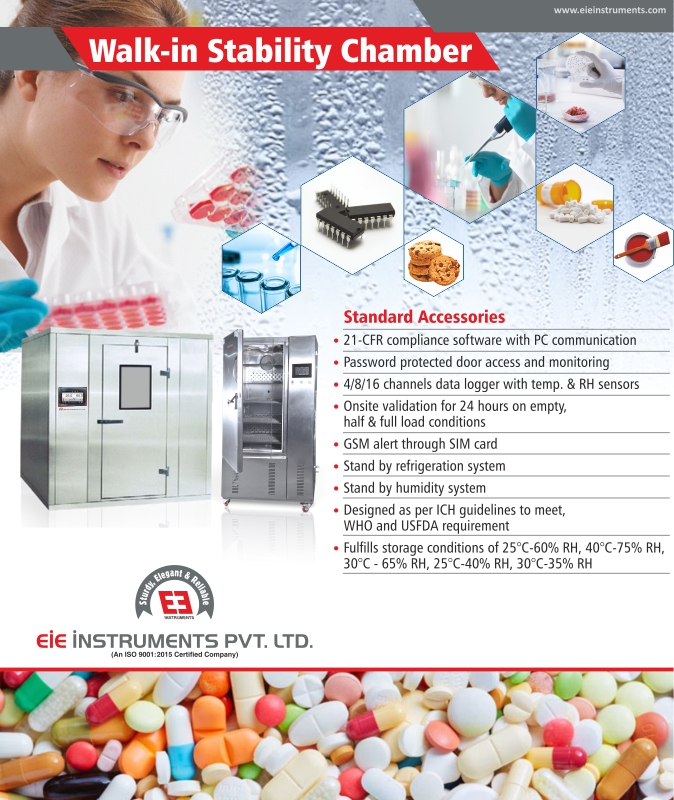
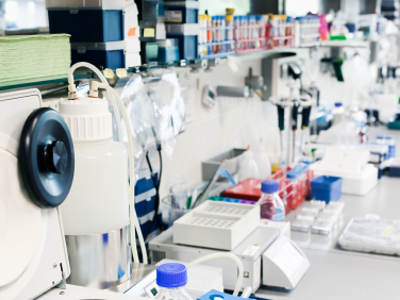

.png)


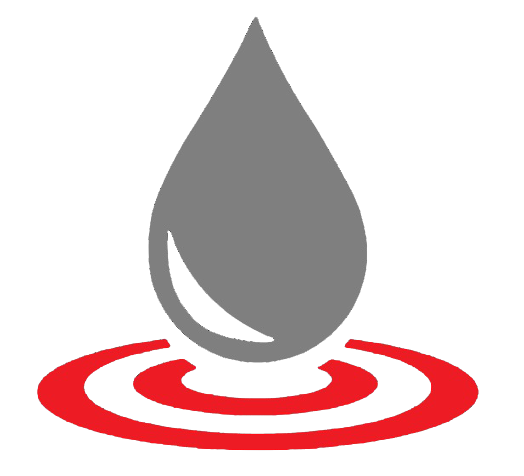




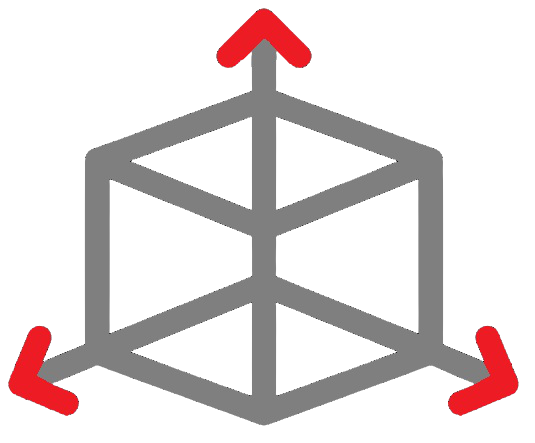
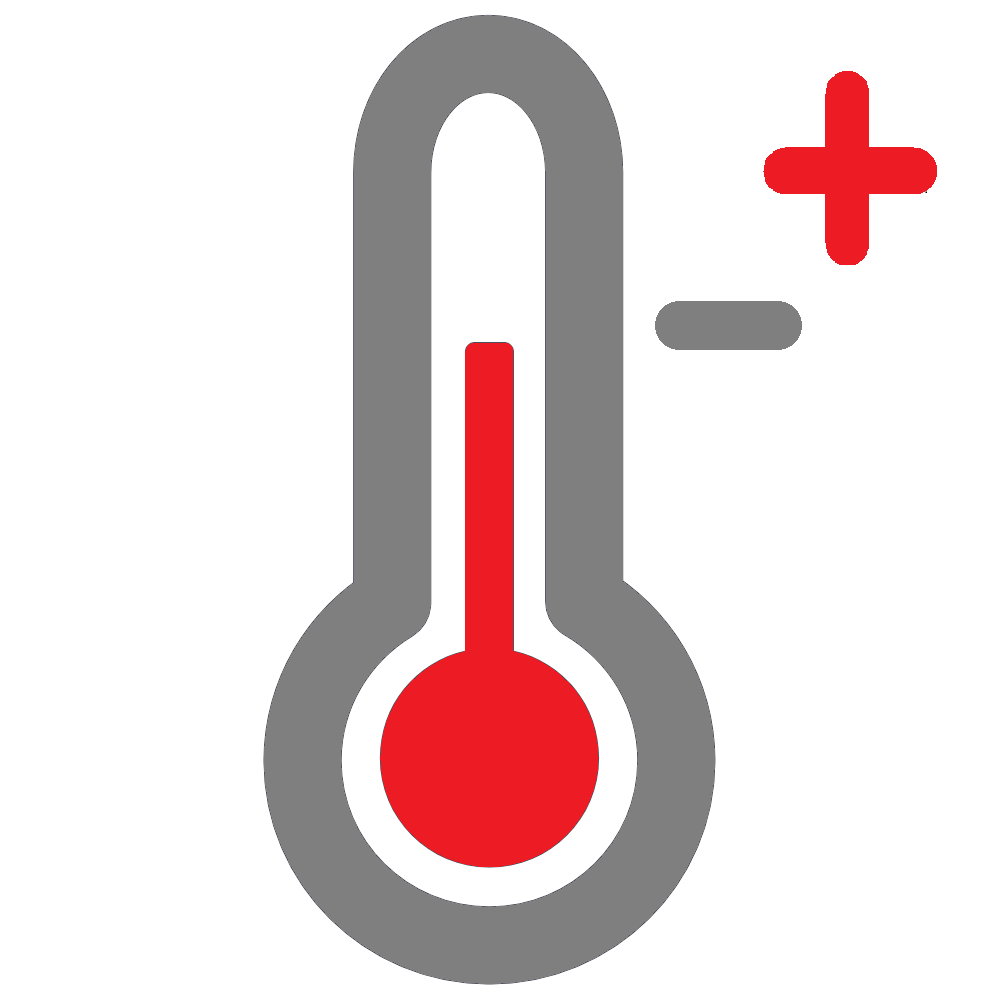
.png)
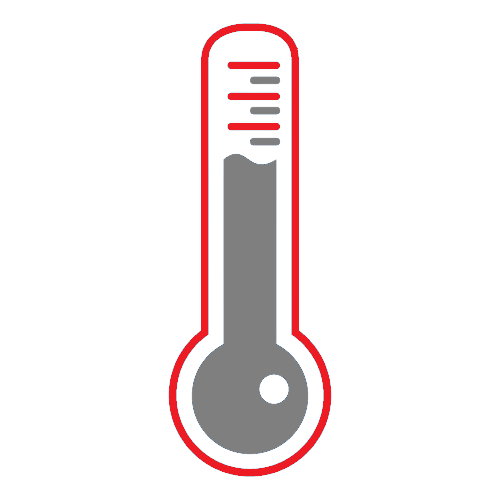
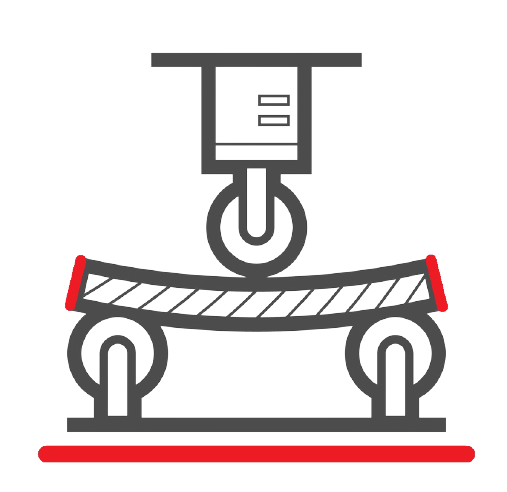
.png)

.jpg)
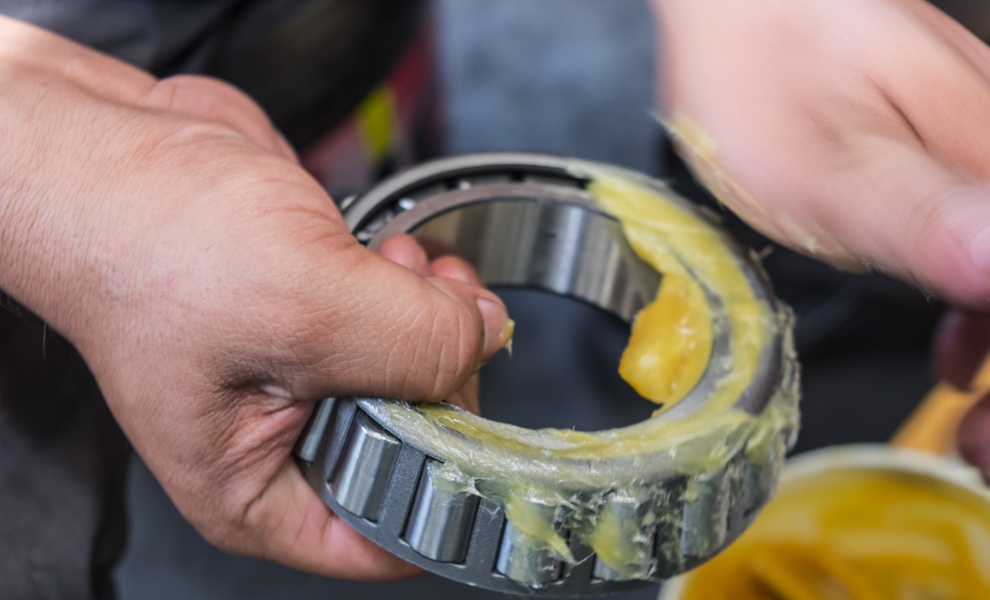
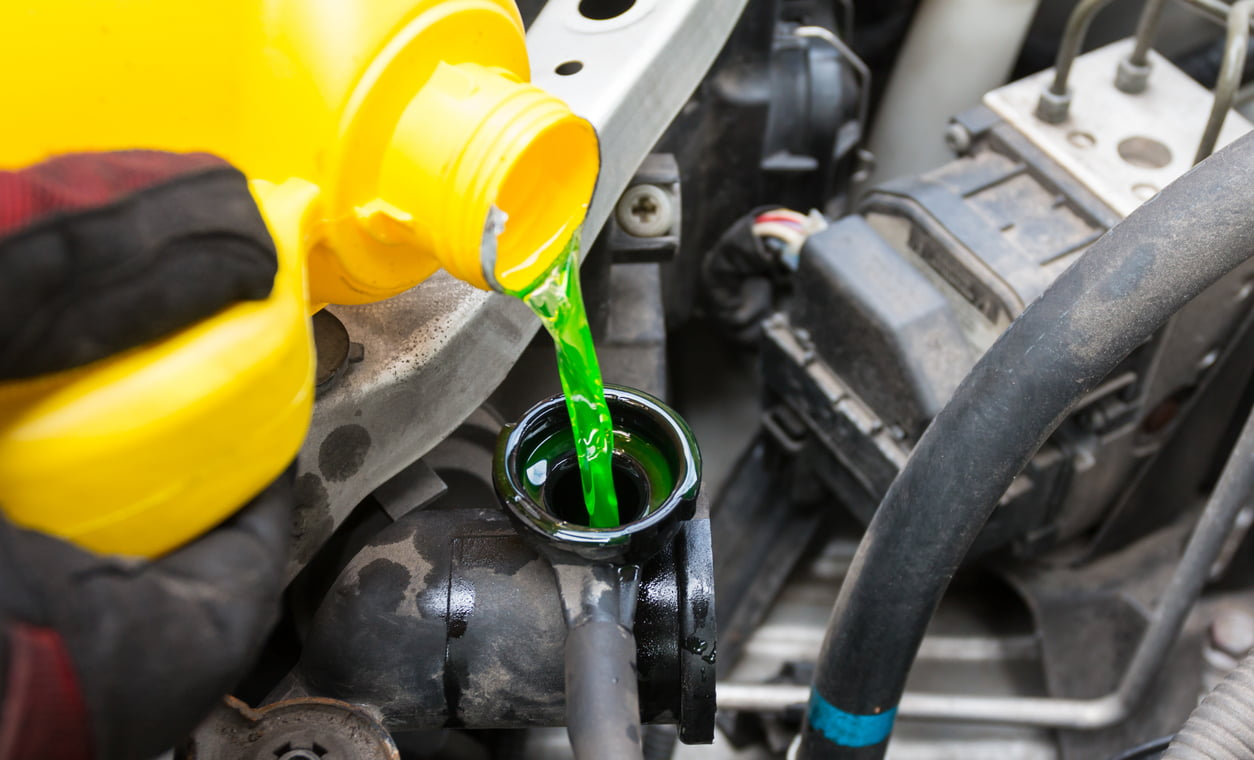


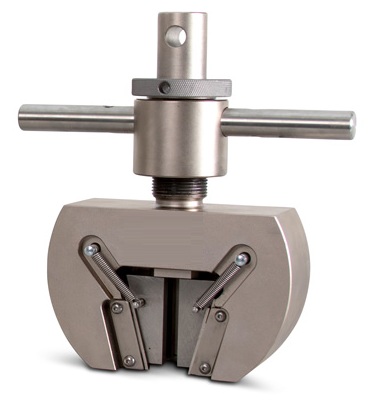
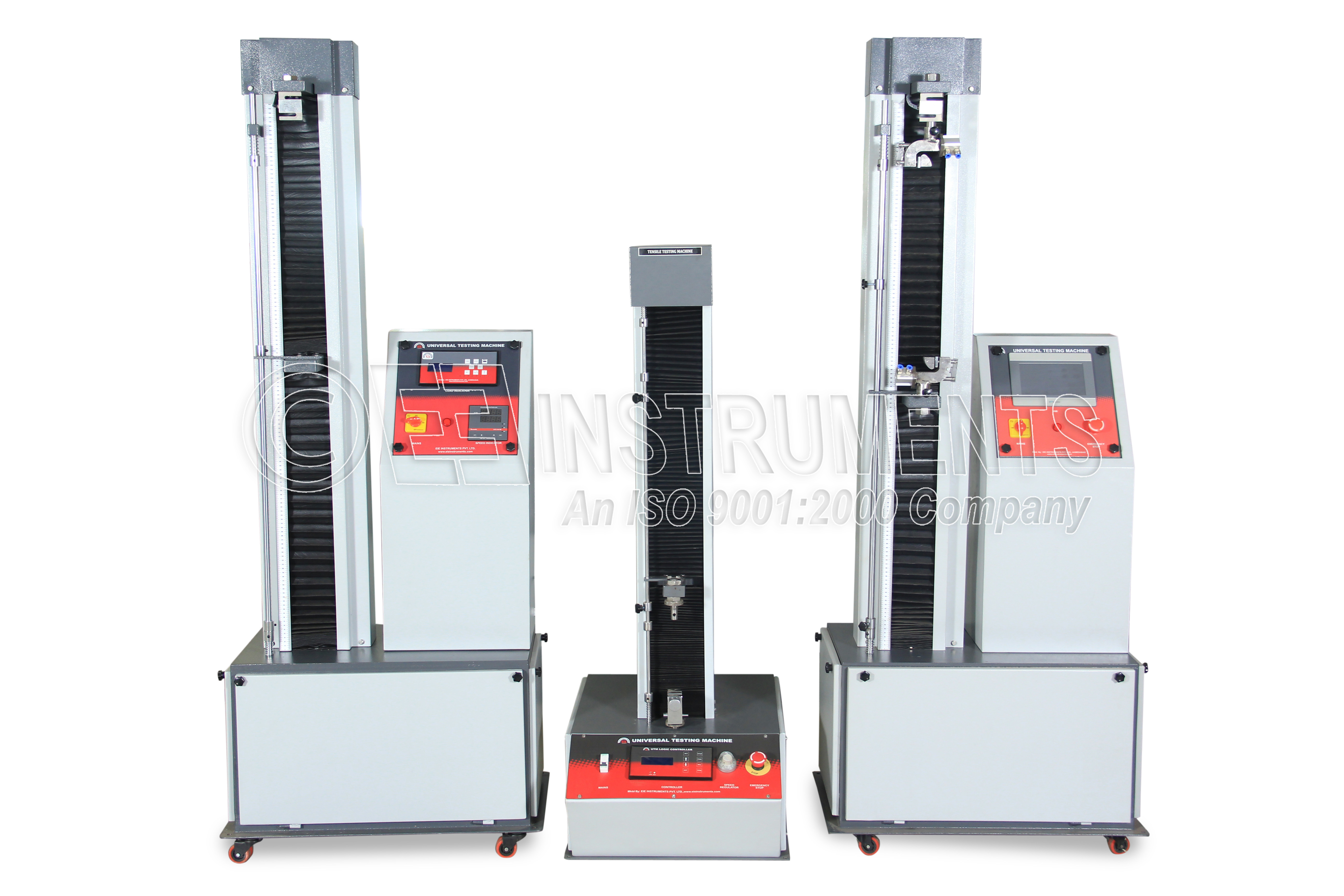
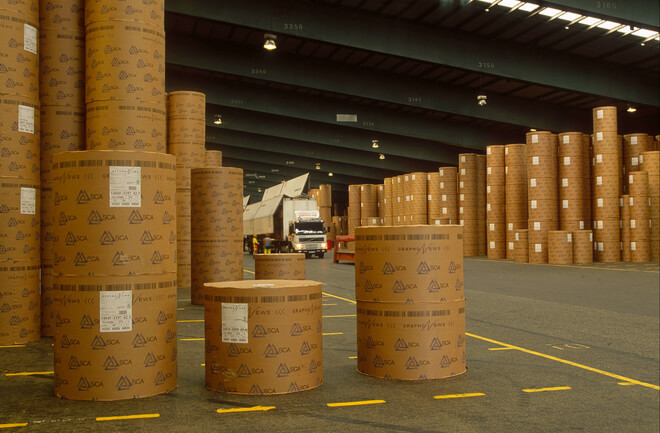
.png)
.png)
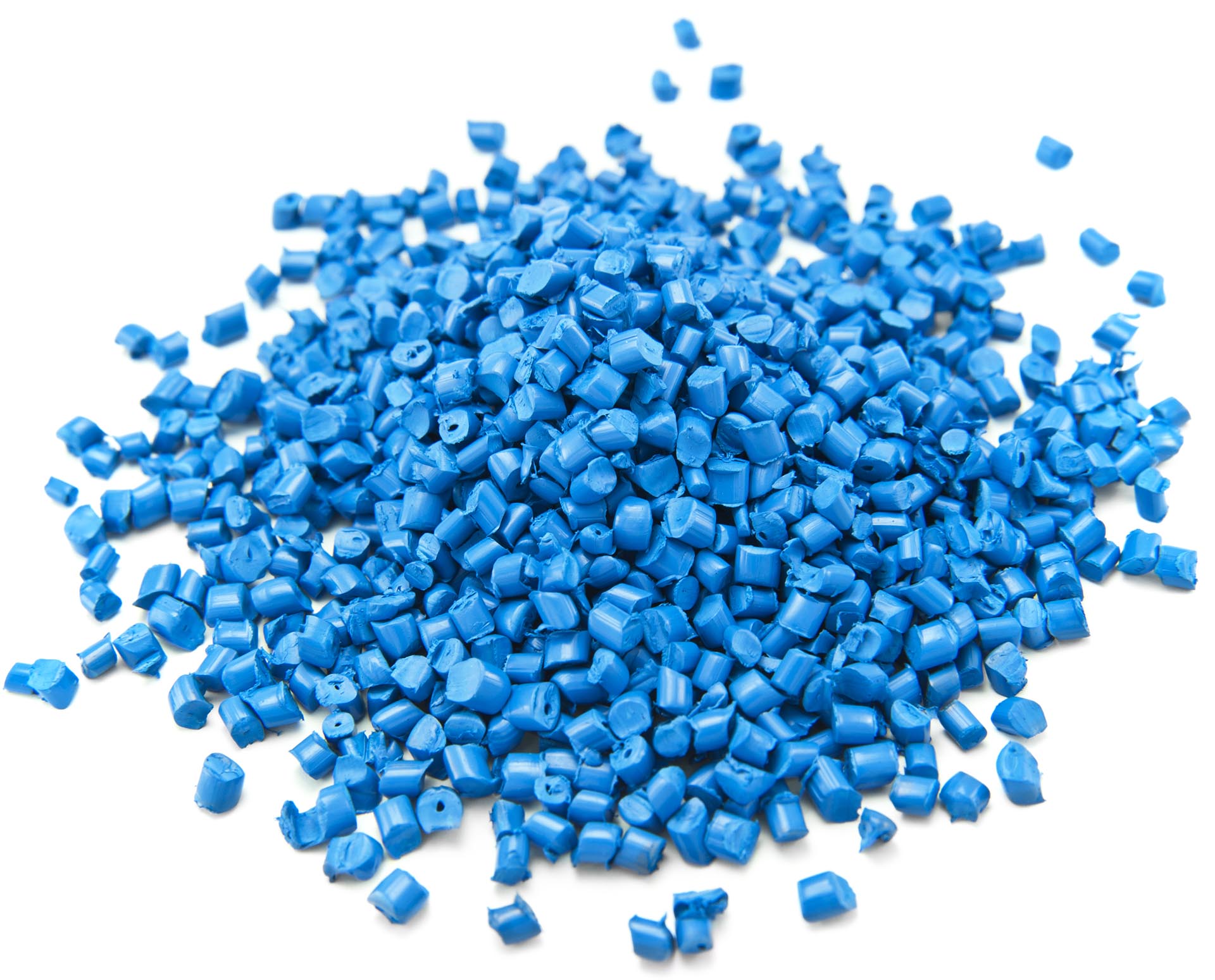
.png)
.png)


